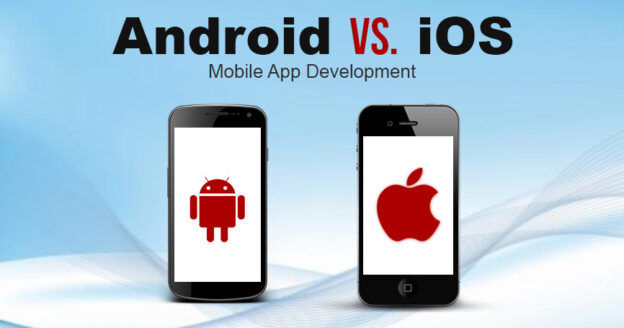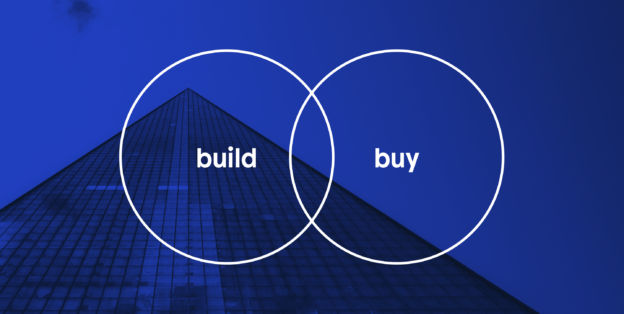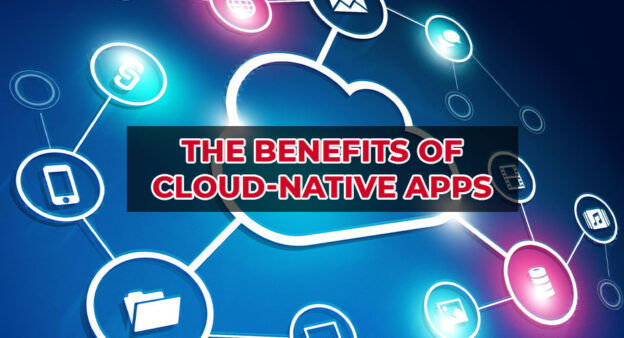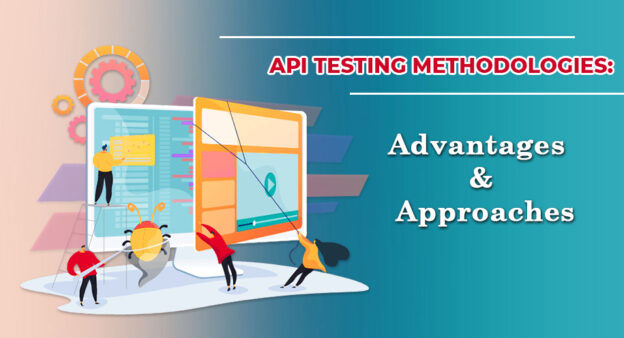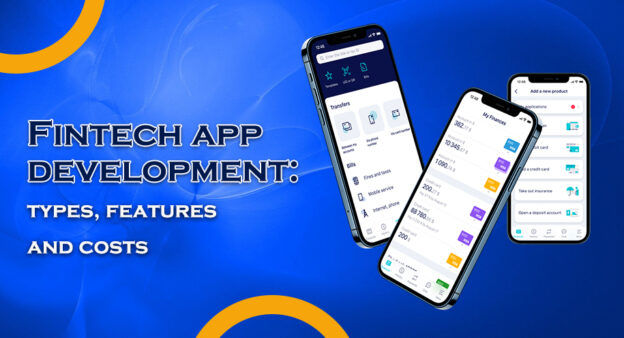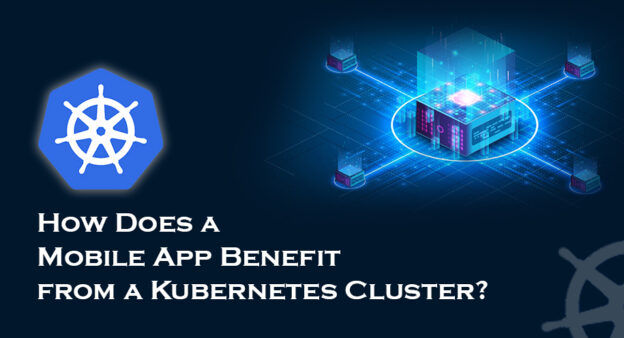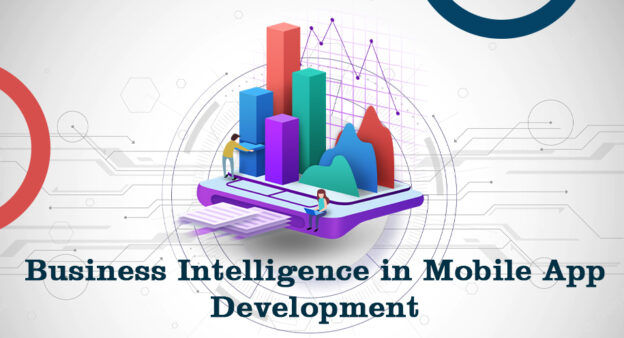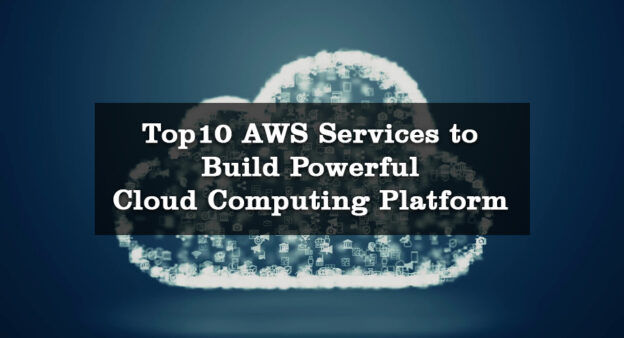Cloud computing platforms have revolutionized the way businesses operate. They allow you to access applications and data from anywhere in the world, giving you the flexibility to work from any location. In this article, we will take a look at 10 AWS services that can help you build a powerful cloud computing platform.
Amazon Web Services
When it comes to cloud computing, no company does it better than Amazon. Their AWS services are widely used by businesses of all sizes for a variety of reasons. Here are some of the best AWS services for building powerful cloud computing platforms:
1. Amazon EC2: Amazon EC2 is a popular choice for building lean and scalable cloud computing platforms. It offers low-cost compute power and flexible pricing options that make it perfect for small businesses and start-ups.
2. Amazon S3: Amazon S3 is a popular storage option for building scalable cloud computing platforms. It offers fast, reliable access to massive amounts of data. Plus, it’s affordable and easy to use.
3. Amazon Elastic Compute Cloud (EC2): Amazon EC2 is perfect for running largescale web applications and databases. It offers high performance and scaling capabilities, making it the ideal platform for high-traffic sites.
4. Amazon Simple Storage Service (S3): Amazon S3 is great for storing data in bulk and distributing it to various locations across the globe. It’s also well suited for storing media files, such as videos and images.
5. Amazon DynamoDB: Amazon Dynamo
Amazon DynamoDB
1. Amazon DynamoDB is a fast and versatile database that is used by many big companies, such as Twitter and Airbnb.
2. It offers high performance and scalability, making it ideal for building a powerful cloud computing platform.
3. DynamoDB also has a wide range of features that make it an excellent choice for data storage and retrieval.
4. Overall, Amazon DynamoDB is a great option for building a powerful cloud computing platform.
Amazon Aurora
One of the most popular AWS Services for building powerful cloud computing platforms is Amazon Aurora. This service offers a fast and reliable platform for building, testing, and deploying web applications.
Aurora is perfect for developers who want to build low-latency web applications. It uses the latest technologies, including asynchronous computing and Aurora deploys your application in less than 60 seconds.
Another great feature of Aurora is its real-time capabilities. This means that your applications can respond quickly to user interactions and changes in the data. Aurora also has built-in security features that help to protect your data from unauthorized access.
Overall, Amazon Aurora is an excellent AWS Service for building powerful cloud computing platforms. Its fast and reliable platform makes it a favorite among developers.
AWS Lambda
AWS Lambda is a great service for building powerful cloud computing platforms. It offers fast and reliable execution of code, making it a great choice for building cloud-based applications.
Lambda functions can be run in any AWS region, making it easy to scale your platform as needed. You can also use Lambda to run automated tasks on an ongoing basis, making it a perfect solution for managing complex systems.
Another great feature of AWS Lambda is its low cost per hour. This means that you can get started quickly with your platform and pay only for the resources used. This makes AWS Lambda a great choice for building scalable cloud-based applications.
AWS S3
AWS S3 is a versatile storage service that allows you to store and manage large amounts of data. It offers low-cost storage, fast retrieval speeds, and simple management tools.
If you are looking to build a powerful cloud computing platform, AWS S3 is a great option. It provides scalable storage resources that can be used to store your data, as well as to serve your website visitors.
To use AWS S3, you will first need to create an account. Once you have created your account, you will need to create a bucket or an object-store. You can also use AWS S3 to store your files and documents.
Amazon S3 also offers features such as replication and durability. This means that your data will be stored in multiple regions, and it will be protected against accidental or intentional destruction.
If you are looking to build a powerful cloud computing platform, AWS S3 is a great option. It provides scalable storage resources that can be used to store your data, as well as to serve your website visitors.
AWS CloudFormation
One of the most popular AWS services is AWS CloudFormation. This service lets you create custom templates to create and manage your own clouds. You can use these templates to quickly create, deploy, manage, and monitor your cloud applications.
CloudFormation is particularly useful for building powerful cloud computing platforms. You can use it to quickly create a platform that incorporates different AWS services. For example, you could use CloudFormation to create a platform that uses Amazon EC2, Amazon S3, and Amazon Elasticsearch. This would let you quickly build a powerful cloud computing platform that incorporates all of the different AWS services.
Another great benefit of CloudFormation is its flexibility. You can use it to create almost any type of cloud platform. You can also use it to create hybrid clouds that combine different types of clouds. This makes it ideal for building powerful platforms that incorporate both on-premises and cloud-based applications.
If you want to build a powerful cloud computing platform, then look no further than CloudFormation. It’s one of the most popular AWS services and it’s perfect for building powerful platforms that incorporate different AWS services.
AWS CodePulse
AWS CodePulse is an AWS service that makes it easy to build powerful cloud computing platforms.
AWS CodePulse is an AWS service that makes it easy to build powerful cloud computing platforms. It provides a visual code editor that makes it easy to create, edit, and deploy code. CodePulse also has features that make it easy to Integrate with other AWS services. This makes it possible to build powerful cloud computing platforms that use a variety of AWS services.
AWS Stratoscale
AWS Stratoscale is a powerful cloud computing platform that lets you build massive, scalable applications with minimal effort. This platform makes it easy to deploy and manage applications on AWS.
One of the best features of Stratoscale is its scalability. You can easily add more instances to your application to handle increased demand. This platform also has a fast performance, so your applications will be able to handle large loads quickly.
Stratoscale also has a robust API that allows you to access all of the features of the platform programmatically. This means that you can easily create and manage your applications without having to learn complex technical jargon.
Overall, AWS Stratoscale is an excellent choice for building powerful cloud computing platforms. Its scalability, fast performance, and robust API make it an ideal choice for any business.
AWS Snowball
One of the most popular AWS services is the AWS Snowball. This service lets you easily create a cloud computing platform using pre-built components. This makes it easy to get started with cloud computing, and it can save you a lot of time and effort.
The AWS Snowball includes several pre-built components, including Amazon Web Services (AWS) Compute, Amazon EC2, and Amazon Elasticsearch Service (ES). These components are all designed to let you quickly create a powerful cloud computing platform. You can use them to power a website or an application.
The AWS Snowball also includes tools for managing your platform. This includes tools for deploying and managing applications, as well as tools for monitoring your platform. Overall, the AWS Snowball is a great way to quickly create a powerful cloud computing platform.
Amazon RDS
Amazon Relational Database Service (Amazon RDS) permits users to set up, run, and calculate a cloud-based relationship database.
